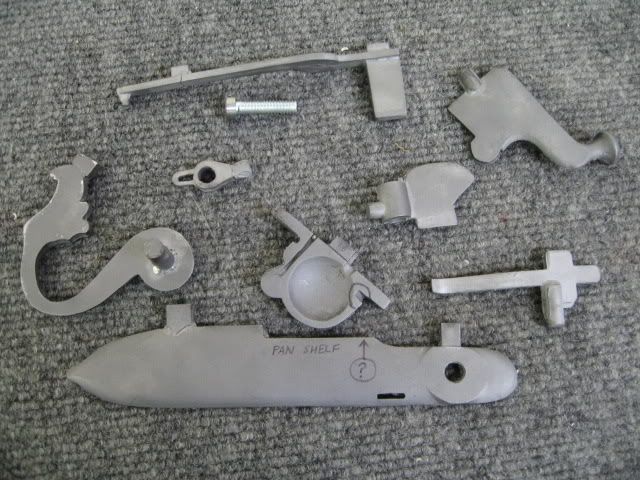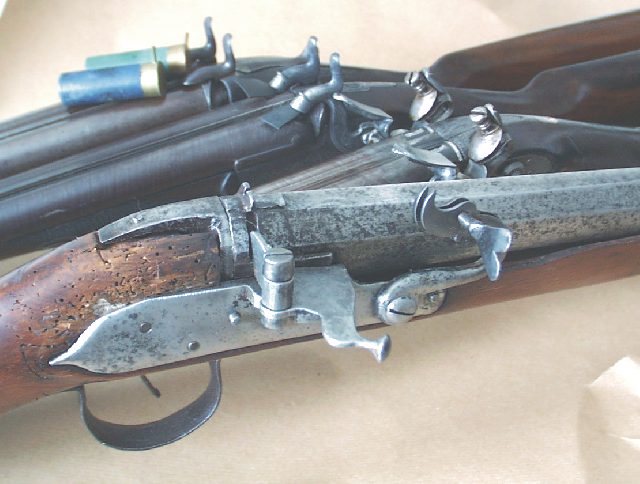Erzulis boat
45 Cal.
- Joined
- Jul 14, 2005
- Messages
- 566
- Reaction score
- 78
Whoa...the snaphaunce lockplate is about the size of a machete, and the internals and external components are fantastic. This particular lock comes with instructions (backordered-not kidding).
The matchlock set has a cooling crack on the sear bar, but TRS immediately remedied the problem, and sent a new one.
The steel used for the casting appears to be a very quality alloy, it files very clean, and if I were to guess (I could ask, but mysteries are sometimes better)...it feels very similar to a low carbon alloy.
TRS treated me well, and have been answering the phone (I am not making this up).
First question.
The "jaw" of the serpentine on the matchlock, is it "split" then opened up? Is the barrel side of the split thicker (threaded side), or is the split down the middle? Any pics?
The matchlock set has a cooling crack on the sear bar, but TRS immediately remedied the problem, and sent a new one.
The steel used for the casting appears to be a very quality alloy, it files very clean, and if I were to guess (I could ask, but mysteries are sometimes better)...it feels very similar to a low carbon alloy.
TRS treated me well, and have been answering the phone (I am not making this up).
First question.
The "jaw" of the serpentine on the matchlock, is it "split" then opened up? Is the barrel side of the split thicker (threaded side), or is the split down the middle? Any pics?






